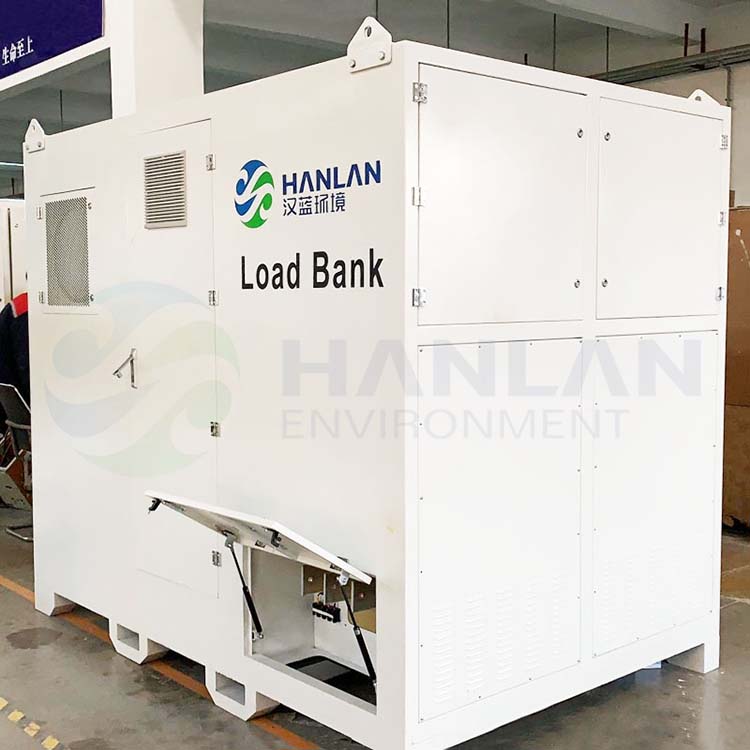 You are here:
You are here:
Resistive load banks are devices used to test and simulate electrical loads. They typically consist of a set of resistors that can be connected in parallel or series to provide a range of resistance values.
Some common features of resistive load banks include:
1, Stability: The resistive load box can provide
stable resistive load to simulate the load under various actual working
conditions.
2, Adjustable load: Resistive load banks allow for
the adjustment of load current and voltage, making them suitable for testing
various types of equipment.
3, Accurate measurement: These devices provide
accurate measurements of voltage, current, and power, allowing users to
evaluate the performance of their equipment under different conditions.
4, Versatile application: Resistive load banks can
be used in a wide range of applications, including testing power supplies,
generators, transformers, and other electrical equipment.
5, Safety features: Many resistive load banks come
with perfect protection mechanism, such as over-current, over-voltage, short
circuit protection, etc., to ensure the safety of the testing process.
6, Durability: Many resistive load banks are made of
high-quality materials and processes to ensure the stability and reliability of
long-term use.

Resistive load banks are very versatile and their
main uses include:
1, Testing and commissioning of electrical
equipment: Resistive load banks are commonly used to test and commission
electrical equipment such as generators, transformers, and power supplies.
2, UPS system test: The resistive load bank can
simulate the working condition of the UPS system under actual load to verify
its power supply capability and stability.
3, Performance evaluation: Resistive load banks can be used to evaluate the performance of electrical equipment under different load conditions.
4, Rid Stability Test: Access the resistive load bank
in the power system to simulate the load change and evaluate the stability and
regulation ability of the grid.
5, Quality control: Resistive load banks are used in
quality control processes to ensure that electrical equipment meets specified
performance standards.
7, Research and development: Resistive load banks
can also be used in research and development to test new equipment and evaluate
its performance.
Please note that different models and specifications
of resistive load chambers may have different characteristics and uses, and the
specific selection should be made according to actual needs.
Hanlan Environmental Protection is one of the good
choices for load bank manufacturers. Hanlan Environmental Protection is a
manufacturer and supplier of resistive load
banks and portable load banks, specializing in the production and sales
of resistive load banks (AC load bank, dummy load bank) and portable load bank.
Resistive load bank are available in stationary type for permanent installation
(Permanent Load Bank) or portable type (Portable Load Bank) with lifting rings,
castors. Larger load banks, typically above 1250KW, are based on an ISO
container construction. Special finishes including custom paint colors and
stainless steel casings can be supplied.